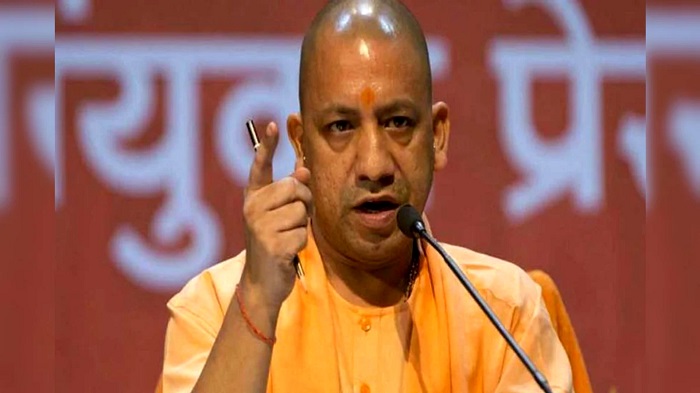Lucknow: In the wake of an alarming drought crisis gripping several regions of the state, Chief Minister Yogi Adityanath convened a crucial high-level review meeting to assess the situation of deficient rainfall and dwindling reservoir levels in Uttar Pradesh. During the meeting, held at the state secretariat, the Chief Minister emphasized the gravity of the situation and issued necessary directives to combat the water scarcity and agricultural challenges posed by the monsoon deficit.
Less Rainfall Woes:
As the meeting commenced, officials from various concerned departments presented detailed reports indicating that Uttar Pradesh had experienced a significant rainfall deficit during the current monsoon season. Data from the State Meteorological Department revealed that the rainfall in the state was 40% below the long-term average for this period, exacerbating the already existing water crisis.
Depleting Reservoirs and Impacts:
Furthermore, the water storage in crucial reservoirs across the state was assessed, with the combined storage levels found to be at a worrisome 22% of their total capacity. The major reservoirs, including the Ramganga and the Sharda Sagar, witnessed a considerable decline in water levels, posing severe implications for irrigation, drinking water supply, and power generation.
Agricultural Distress and Food Security Concerns:
Chief Minister Adityanath expressed deep concern over the potential impact of the drought on the agricultural sector, which remains the backbone of Uttar Pradesh’s economy. The data shared in the meeting indicated that approximately 60% of the state’s population relies directly or indirectly on agriculture for their livelihoods. With less rainfall and depleting reservoirs, the sowing of Kharif crops was significantly affected, raising fears of decreased yields and potential food shortages.
Urgent Measures Envisioned:
Recognizing the gravity of the situation, CM Yogi Adityanath directed all concerned departments to implement immediate measures to address the water crisis and alleviate the hardships faced by farmers and rural communities. Some of the key steps outlined during the meeting include:
- Water Conservation Campaign: Launching a comprehensive water conservation awareness campaign to sensitize citizens about responsible water usage and the importance of rainwater harvesting.
- Reviving Traditional Water Bodies: Identifying and reviving traditional water bodies such as ponds and tanks to enhance local water storage capacity.
- Optimizing Canal Water Usage: Ensuring efficient utilization of canal water for irrigation purposes, promoting drip irrigation, and encouraging farmers to adopt water-saving agricultural practices.
- Artificial Recharge of Aquifers: Implementing measures to artificially recharge groundwater aquifers to improve water availability in the long term.
- Drinking Water Supply Management: Prioritizing adequate drinking water supply to drought-affected regions through tankers and other means.
Assurance of Government Support:
During the meeting, Chief Minister Adityanath assured affected farmers and communities that the state government would leave no stone unturned to mitigate the impact of the drought. He emphasized that the administration was committed to providing all necessary support and resources to ensure the well-being of the citizens during this challenging period.
The high-level review meeting convened by CM Yogi Adityanath comes at a crucial juncture when Uttar Pradesh is grappling with the adverse effects of deficient rainfall and depleting reservoirs. The urgent measures outlined during the meeting are expected to play a crucial role in addressing the immediate challenges posed by the drought and in building resilience against future water crises. As the state government mobilizes its resources and efforts, it remains imperative for citizens to actively participate in water conservation and sustainable practices to overcome this pressing situation and safeguard the well-being of the state’s residents.
This article includes sponsored content. The views expressed are those of the sponsor and do not necessarily reflect the official policy or position of our publication.

